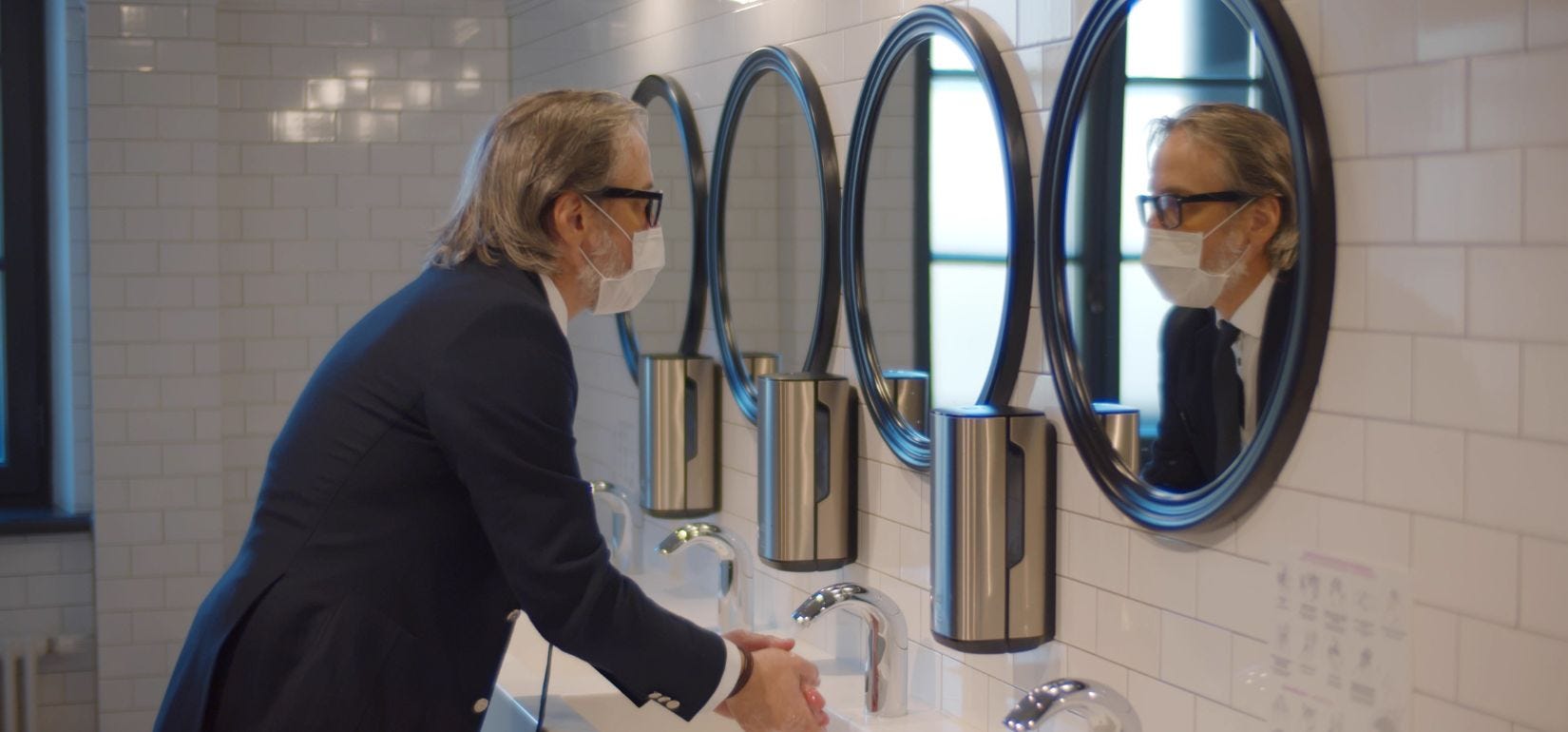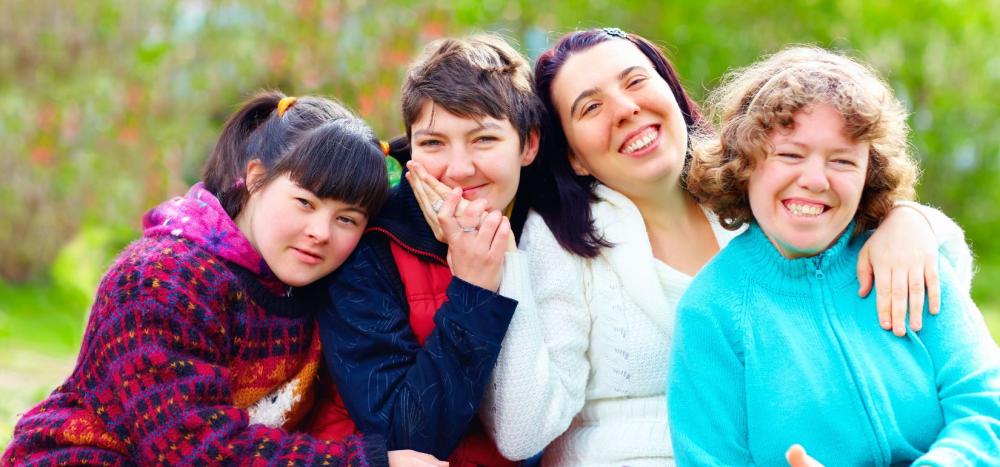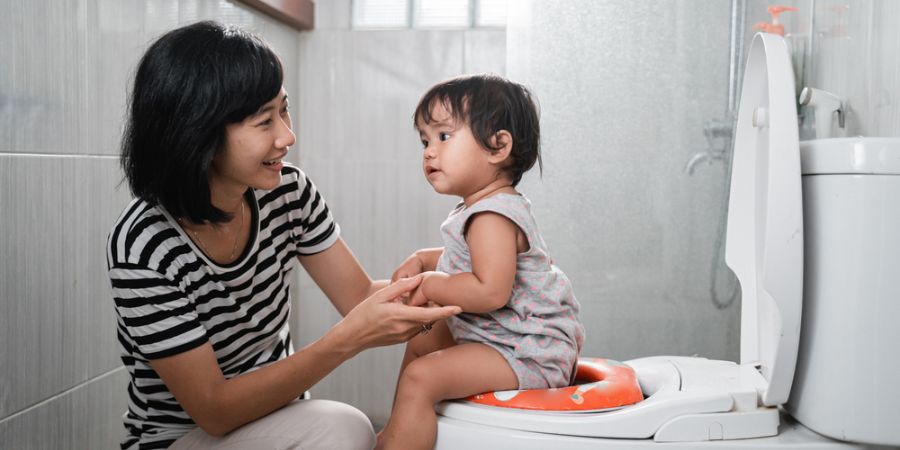According to the Centers for Disease Control and Prevention (CDC), Cerebral palsy is (CP) is the most common motor disability seen in children, with one baby being born with CP every hour. If your child has CP and you struggle with toilet training, let this post give you some helpful tips on how to help them.
What is Cerebral Palsy?
CP is a broad term that describes a disability that affects the body’s movement in many ways. CP can affect your child’s:
- Muscle control.
- Ability to learn.
- Bladder and bowel control (incontinence).
- General movement.
- Ability to walk.
- Ability to eat.
- Ability to sleep.
- Balance
- Posture
- Vision
- Hearing
- Speech
- Spine
- Joints
Check Your Eligibility
2 Easy Steps
From catheters to pediatric and adult incontinence supplies, discover the continence care essentials covered by your insurance.
What Causes CP?
CP is caused by brain damage or abnormal brain development that occurs during pregnancy or after birth during infancy.
What Are the Different Types?
Healthcare professionals categorize different types of CP based on what parts of the body or brain are affected by the disorder.
Types of CP by body part include:
- Quadriplegia: All four limbs and possibly the face and torso are affected.
- Triplegia: Three limbs and possibly the torso and face are affected.
- Diplegia: Both legs and possibly the arms are affected.
- Hemiplegia: One side of the body (right arm and leg or left arm and leg) is affected.
- Monoplegia: Only one limb is affected.
Types of CP by brain damage:
- Spastic Cerebral palsy: This is the most common type, with 70-80 percent of people with CP affected. Spastic CP is the result of damage to the motor cortex and causes the muscles to stiffen.
- Dyskinetic CP / Athetoid CP: Caused by damage to the basal ganglia and causes involuntary movements.
- Ataxic CP: Caused by cerebellum damage and results in poor balance and shaky movements.
- Mixed CP: Caused by damage to different parts of the brain and results in a combination of symptoms.
Signs of CP In Children
While CP isn’t easy for healthcare professionals to diagnose, some of the early signs of CP in children include:
- Delay in motor skills, such as rolling over, walking, sitting, or standing.
- Body parts that feel “floppy” when picked up (poor muscle tone).
- Difficulty eating or swallowing.
- Muscle spasms.
- Weak neck muscles.
- Not walking by 12-18 months.
- Not speaking basic sentences by 24 months.
Some of these symptoms may occur in non-disabled children, so it’s important to always speak with your healthcare provider.
How Does CP Relate to Incontinence in Children?
70-85 percent of people with CP experience incontinence, and it is considered a normal symptom in children with CP. Incontinence occurs due to a lack of control of the bladder or bowel muscles. In a child who has CP, their inability to control their bladder and bowel muscles can cause a number of symptoms, including:
- Urinary tract infections (UTIs): This can be due to the bladder and bowel muscles’ inability to contract and release waste.
- Neurogenic bladder: The detrusor (bladder wall) muscle is damaged due to CP, causing frequent, painful urination.
Common Barriers for Children With CP
Children with CP also have certain barriers they may need to work on or get past in order to toilet train completely. These barriers may not be dealt with among children who are non-disabled, so it’s important to pay attention to them. Barriers include:
- Muscle weakness. Muscle weakness or ataxia can impede your child’s ability to not only get onto a toilet but also remove their clothes in a timely manner to prevent accidents.
- Sensory processing issues. Sensory processing issues, sometimes diagnosed as sensory processing disorder (SPD) may prohibit your child from sensing their need to pee or poop.
- Neurogenic bladder / bowels. Some children with CP may have poor bladder or bowel function or incontinence.
- Hearing difficulties. Some children with CP may have hearing difficulties and may not process signals and signs in a timely manner, which can delay the toilet training process.
- Constipation. Constipation is common in children and adults with CP due to the constipating side effect of medications, decreased physical activity that may be secondary to physical limitations, and possible decreased muscle tone. When pooping is painful or hard for your child, they may further hold in their stool to prevent the painful experience—which further exacerbates constipation.
When Should I Start Potty Training My Child?
Generally, toilet training is expected by age 5 (chronologically) in children who are non-disabled, but children with CP are often slower in developing their ability to control their bladder. Some recommend introducing the potty training journey when a child’s cognitive level is that of an expected 3-year-old. While every child is different, children with special needs often begin toilet training later compared to other children who are non-disabled around their same age. Potty training a child with CP may also take more time to complete than other children, but try to stay positive and don’t be discouraged.
How Will I Know if My Child Is Ready?
Until the age of two or three, your child may not have the bladder awareness to begin toilet training. Therefore, it is often around this age that toilet training can be attempted. However, you should monitor your child’s clues which can indicate their readiness. This is because toilet training is most effective once your child is ready to learn or start.
Some clues to indicate that your child is ready include:
- Their ability to distinguish between being dry and wet.
- Their ability to stay dry (hold their pee) for about two hours.
- Their ability to sense their need to pee or poop.
- Their capabilities of using the restroom, for example, sitting on the toilet, getting to the restroom in time, and de-clothing themselves in a timely manner to prevent accidents.
- Their motivation level to learn and achieve continence with both peeing and pooping.
While it is typical for the toilet training process to take longer with children who have CP, if the process is taking a significant amount of time ( over six months), contact your child’s healthcare provider. Further investigation may be warranted to determine if there are underlying physical causes such as voiding dysfunction, neurogenic bladder and/or bowel, etc.


While it is typical for the toilet training process to take longer with children who have CP, if the process is taking a significant amount of time ( over six months), contact your child’s healthcare provider. Further investigation may be warranted to determine if there are underlying physical causes such as voiding dysfunction, neurogenic bladder and/or bowel, etc.
13 Tips for Toilet Training Children With CP
Toilet training for all children can be challenging, but this is often even more so for patients with Cerebral Palsy given the complex and diverse nature of their associated physical, sensory, and medical impairments, deficits, or disabilities. Use these 5 tips to help your child with toilet training. Use these 13 tips to help your child with toilet training.
1. Talk with your child's healthcare provider.
Never be afraid to ask for help! There are different levels of severity of CP, so you should always speak with your child’s healthcare provider before making decisions about toilet training. Your child’s healthcare provider will likely assess them based on their unique abilities, needs, maturity level, and readiness.




2. Be patient.
Potty training any child can take a long time, and in children that have CP, it may take even longer. If you’re rushing your child before they’re ready, it may end up causing them emotional distress. It’s best to be patient and wait until they are ready to try, too. This usually occurs in children around ages three and up.
3. Pay attention to stool.
Constipation can be an inhibiting factor to successful toilet training. If your child develops hard stools, they may associate voiding their bowels with pain (from the hard stool), so it’s essential to keep track of your child's stool. That way, you can adjust their diet to what their body needs, such as encouraging soft stool with a fibrous diet and lots of liquids. If adjusting your child’s diet does not help the situation, involve their pediatrician in the discussion for further recommendations.




4. Be prepared for accidents.
When you first begin potty training your child, it may be difficult for them to understand that they are wet or dry, or that they have to go to the bathroom. This can result in frequent accidents. If you’re attempting to transition out of diapers, be prepared for accidents by having dry underwear, extra diapers, extra clothes, and moist wipes or towels ready.
You can also prepare yourself by practicing what you’ll say to your child or how you’ll react when they do have an accident. Rather than giving a long, drawn-out explanation about why they should go to the bathroom sooner, practice short answers or observations that are worded kindly and delivered calmly.
“You waited too long to go to the bathroom, and now you’re wet. We have to go change. Next time, you need to tell me or show me that you have to go.”
Vs
“Oops; I see you’re wet. Let’s go get dry now.”
5. Making going as comfortable as possible for your child.
When your child first begins toilet training, you’ll want to make sure they’re comfortable. Rather than having them sit on an adult-sized toilet, get them a potty training toilet or get a booster toilet seat that attaches to your toilet.
Even if your child is beginning toilet training at an older age, they may benefit from the extra handrails, steps, padding, and support that toilet trainers are equipped with. You may also want to consider moving the toilet paper or wet towelettes to a more reachable area if they will be practicing wiping themselves.




6. Preparation is key.
You need to prepare yourself both physically and emotionally for this task and journey—which may be challenging and unpredictable. The experience of potty training your child with CP may not be completely progressive and linear, and your child may experience some setbacks or regressions.
7. Have a support system in place.
Whether it’s your spouse or partner, other caregivers, healthcare providers, or other adults, it’s important for you and your child that there will always be help during the toilet training process.




8. Set up a toileting routine.
Standardization, routines, and schedules are vital. All the individuals involved in the toilet training process (parents, caregivers, siblings, teachers, providers, etc.) should be on the same page and adhere to the same guidelines, routines, and expectations to best implement the training.
9. Identify your child's barriers.
Before beginning, parents should survey and identify any visual, physical, sensory, or emotional barriers that may impede their child’s success with toilet training – along with possible solutions.




10. Keep the process simple.
When on this journey, simplicity and redundancy are best. You should keep your child’s toileting instructions clear, succinct, and consistent.
11. Encourage and reward.
During the toilet training process, you should consistently provide positive feedback for your child. You should also give positive rewards. For example, if your child voids on the toilet or helps clean themselves after an accident, make sure they hear positive feedback such as, “You did that all on your own. You must be feeling proud!” You can reward your child by any means you see fit.




12. Practice timed toileting.
When toilet training, you can place your child on the toilet every hour or so to start to get them used to it. This interval can be increased contingent on their results. You can also use reminders of when it’s time to try and go to the bathroom, such as toilet training watches that vibrate and / or sound at set intervals.
13. Review medications.
If your child is on medication(s) for their CP, it is important to review potential side effects with the prescribing provider to determine if these medications could impact toilet training.


How Aeroflow Urology Can Help
Toilet training can be difficult, but Aeroflow Urology is here to help. We assist in supplying incontinence supplies through your Medicaid (and some private insurance) plans. Visit our products page to find baby diapers, youth pants, and more for your child’s potty training needs.
How It Works
Instead of running out to the store for diapers at the last minute, fill out our qualification form. It's quick and easy to do. Then, if approved, your child’s incontinence supplies will be shipped directly to your home in discreet packaging on a monthly basis, ensuring privacy and ease of use.
Cerebral Palsy Alliance Research Foundation - USA. (n.d.). What is cerebral palsy?: Cerebral Palsy Alliance Research Foundation - USA. Cerebral Palsy Alliance Research Foundation USA. Retrieved March 14, 2022, from https://cparf.org/what-is-cerebral-palsy/
Cerebral Palsy Guide. (2021, October 21). Cerebral palsy incontinence - incontinence due to Cerebral Palsy. Cerebral Palsy Guide. Retrieved March 14, 2022, from https://www.cerebralpalsyguide.com/blog/cerebral-palsy-incontinence/#:~:text=Is%20There%20a%20Link%20Between,of%20patients%20have%20bladder%20overactivity.
Centers for Disease Control and Prevention. (2021, September 2). What is cerebral palsy? Centers for Disease Control and Prevention. Retrieved March 14, 2022, from https://www.cdc.gov/ncbddd/cp/facts.html#:~:text=Cerebral%20palsy%20(CP)%20is%20a,problems%20with%20using%20the%20muscles.
Information provided on the Aeroflow Urology website is not intended as a substitute for medical advice or care from a healthcare professional. Aeroflow recommends consulting your healthcare provider if you are experiencing medical issues relating to incontinence.










